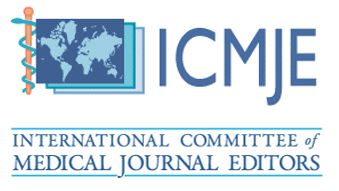Comparative Evaluation of Pfeiffer’s Blood Crystallization Test for Early Detection of Epithelial Dysplasia in OSMF and Healthy Individuals: A Cross-Sectional Study
Kavita Badi1*, Rashmi Venkatesh2 and Chandramani B More3
1 Post Graduation Student, Oral Medicine & Radiology, K M Shah Dental College and Hospital, Sumandeep Vidyapeeth deemed to be University, Vadodara, India.
2 Professor and Head, Oral Medicine & Radiology, K M Shah Dental College and Hospital, Sumandeep Vidyapeeth deemed to be University, Vadodara, India.
3 Professor, Oral Medicine & Radiology, K M Shah Dental College and Hospital, Sumandeep Vidyapeeth deemed to be University, Vadodara, India.
*Corresponding Author: Dr. Rashmi Venkatesh, Professor and Head, Oral Medicine & Radiology, K M Shah Dental College and Hospital, Sumandeep Vidyapeeth deemed to be University, Vadodara, India.
DOI: https://doi.org/10.58624/SVOADE.2024.05.0188
Received: July 24, 2024 Published: August 23, 2024
Abstract
Background: Unlike other malignancies, oral cancer is preceded by Oral Potentially Malignant Disorders (OPMDs). Oral Submucous Fibrosis (OSMF) is one such OPMD with malignant potential of 7.6%. The purpose of present study was to determine the efficacy of Pfeiffer’s blood Crystallization test for early detection of epithelia dysplasia in OSMF individuals.
Material and methods: The study participants included were involved 50 OSMF subjects and 50 healthy controls. The blood drop collected was subjected to crystallization test and the crystal patterns formed were analyzed after 20 hours. Incisional biopsy was performed in OSMF subjects to grade the degree of epithelial dysplasia. The data obtained was subjected to statistical analysis.
Results: The participant’s age in the study groups ranged up to 56 years. Difference in the crystallization pattern between diseased group and non-diseased group was significant (p-value < 0.05%) with more transverse pattern in diseased group. The OSMF participants with no epithelial dysplasia showed normal crystallization pattern and maximum participants with dysplasia showed transverse pattern and the difference was statistically significant (p-value<0.05%). The sensitivity and specificity of crystallization test for OSMF was found to be 91.4% and 100.0% respectively.
Conclusion: Pfeiffer's Crystallization test can be considered as a less invasive and reliable screening aid for OSMF which helps clinicians to identify high‑risk individuals for malignant transformation.
Keywords: Oral Submucosal Fibrosis, crystallization test, screening test, epithelial dysplasia.
Citation: Badi K, Venkatesh R, More CB. Comparative Evaluation of Pfeiffer’s Blood Crystallization Test for Early Detection of Epithelial Dysplasia in OSMF and Healthy Individuals: A Cross-Sectional Study. SVOA Dentistry 2024, 5:5, 174-182. doi:10.58624/SVOADE.2024.05.0188











